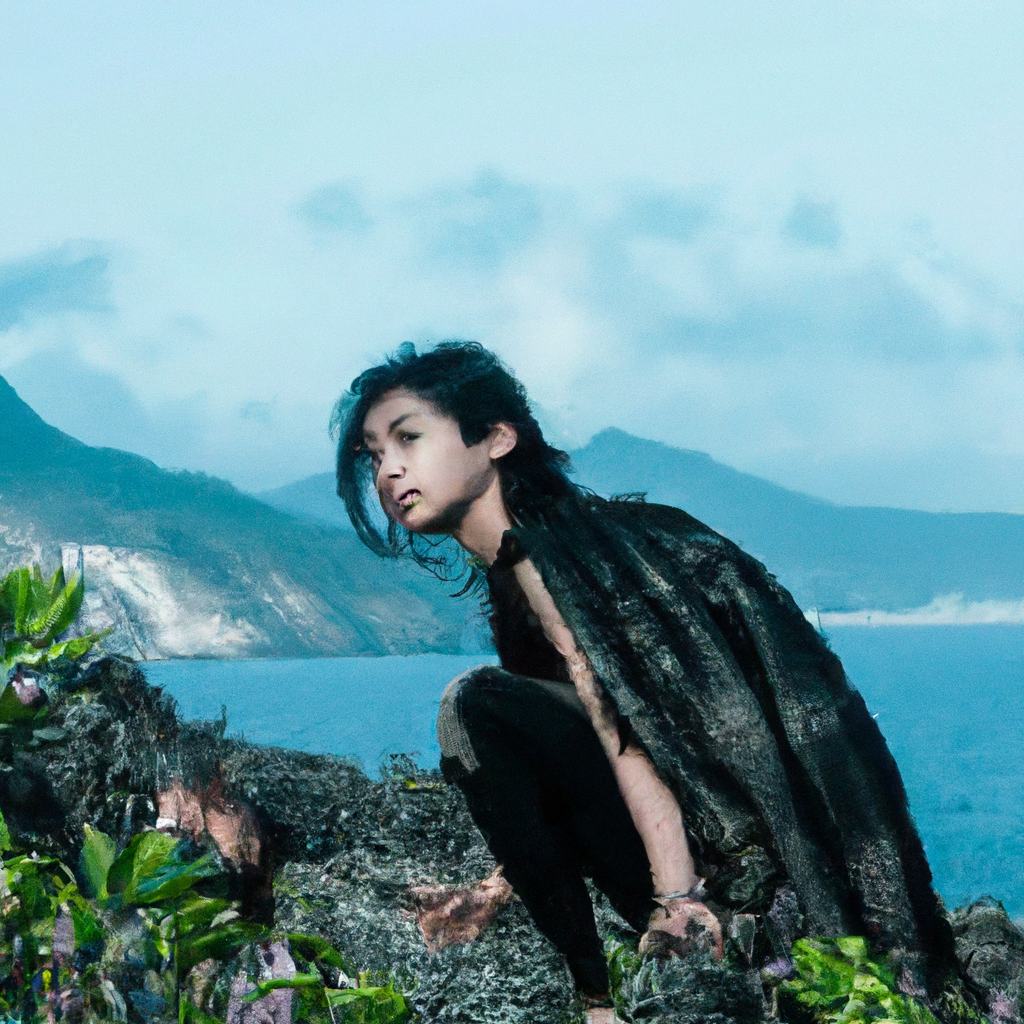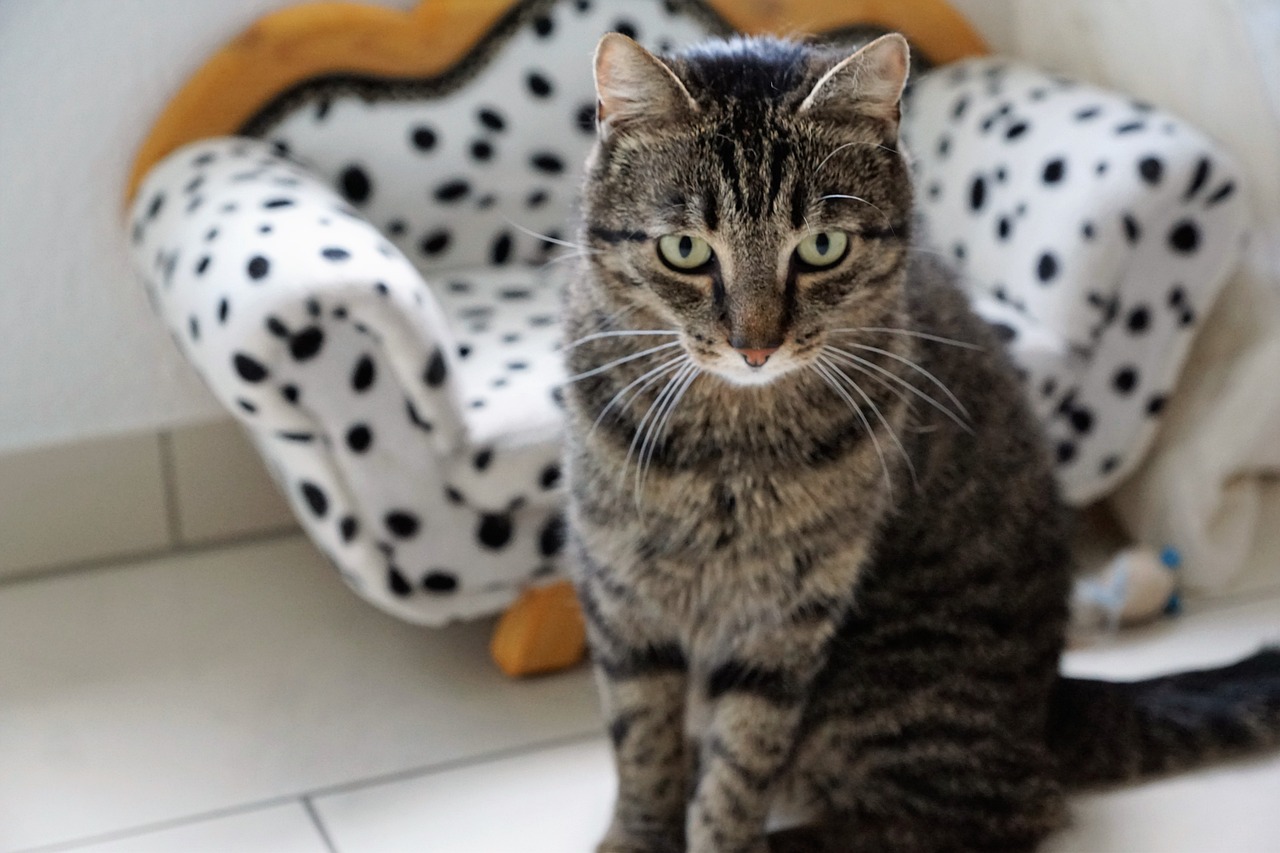Set in the beautiful Aloha State, Hawaii is not only known for its stunning beaches and vibrant culture but also for its remarkable wildlife. From the rare Hawaiian monk seal to the majestic green sea turtle, the islands are home to a diverse range of unique creatures. However, as tourism and urbanization thrive, so do the challenges faced by these precious species. Thankfully, Hawaii has embraced the importance of conservation efforts, and through collaborative initiatives, dedicated organizations, and passionate individuals, they are working tirelessly to preserve and protect their wildlife. In this article, we will explore the remarkable conservation efforts taking place in the Aloha State, highlighting the tireless work being done to ensure that future generations can continue to marvel at the incredible biodiversity of Hawaii.

History of Wildlife Conservation in Hawaii
Introduction of non-native species
The history of wildlife conservation in Hawaii begins with the introduction of non-native species to the islands. When humans first arrived in Hawaii, they brought with them various plants, animals, and insects from other regions. While these introductions were often intended to serve practical purposes, such as providing a food source or controlling pests, they had unintended consequences for the native wildlife.
Impact on native wildlife
The introduction of non-native species had a significant impact on the native wildlife of Hawaii. Many native plants and animals were unable to compete with the new arrivals, leading to a decline in their populations. For example, the native honeycreeper birds faced increased competition for food and nesting sites from introduced species like the mosquito and the mongoose. The mongoose, which was brought to Hawaii to control rats in the sugarcane fields, ended up preying on the eggs and chicks of native bird species.
Early conservation efforts
Recognizing the need to protect the unique biodiversity of Hawaii, early conservation efforts began in the late 19th century. The establishment of the Hawaii Audubon Society in 1900 marked an important milestone in these efforts. The organization worked to raise awareness about the threats facing native bird species and advocated for their protection.
In 1921, the world’s first bird sanctuary was established on the island of Maui to protect the endangered nene goose. This marked the beginning of a more systematic approach to wildlife conservation in Hawaii. Over the years, additional conservation organizations and government agencies were established to address the growing threats to native wildlife.
Current Challenges in Wildlife Conservation
Invasive species
Invasive species continue to be one of the biggest challenges in wildlife conservation in Hawaii. These non-native species, like the strawberry guava or the coqui frog, disrupt native ecosystems and outcompete native plants and animals for resources. Efforts to control and eradicate invasive species are ongoing but require significant resources and coordination.
Habitat destruction
Habitat destruction is another major challenge. As human development and land-use practices continue to expand, the natural habitats of many native species are being destroyed or fragmented. This loss of habitat threatens the survival of many unique plant and animal species found in Hawaii.
Climate change
Climate change poses a significant threat to wildlife conservation in Hawaii as well. Rising temperatures, changing rainfall patterns, and sea-level rise all have the potential to disrupt delicate ecosystems and alter the distribution and abundance of native species. Adaptation strategies will be crucial in ensuring the long-term survival of Hawaii’s wildlife.
Overfishing and marine pollution
In addition to the challenges on land, Hawaii also faces issues related to overfishing and marine pollution. Unsustainable fishing practices, such as overharvesting of popular fish species, can lead to declines in fish populations and disrupt the delicate balance of marine ecosystems. Pollution from sources like plastic waste and runoff can further degrade marine habitats and harm marine life.
Conservation Organizations in Hawaii
Department of Land and Natural Resources (DLNR)
The Department of Land and Natural Resources (DLNR) is a key agency responsible for wildlife conservation in Hawaii. The DLNR manages and protects the state’s natural and cultural resources, including endangered species and their habitats. They work closely with other organizations and agencies to implement conservation measures and enforce regulations.
The Nature Conservancy
The Nature Conservancy is a global organization that has established a presence in Hawaii. They work to protect and restore critical habitats, implement innovative conservation strategies, and collaborate with local communities to find sustainable solutions. The Nature Conservancy has been involved in numerous projects aimed at preserving Hawaii’s unique biodiversity.
Hawaiian Islands Land Trust
The Hawaiian Islands Land Trust focuses on preserving and protecting Hawaii’s most important natural areas and cultural sites. They work to acquire and manage lands with high conservation value, ensuring that these areas are protected and accessible for future generations. Their efforts play a significant role in safeguarding native wildlife habitats.
Hawaii Wildlife Fund
The Hawaii Wildlife Fund is a nonprofit organization dedicated to conserving native wildlife in Hawaii, with a particular focus on marine species. They engage in research, education, and community outreach to raise awareness and promote conservation efforts. The organization also works on projects to protect nesting sites for endangered sea turtles and restore coral reefs.
Endangered Species in Hawaii
Hawaiian Monk Seal
The Hawaiian Monk Seal is one of the most endangered marine mammals in the world, with a population of less than 1,400 individuals. Habitat loss, entanglement in fishing gear, and disease have contributed to its decline. Conservation efforts include monitoring and protecting seal populations, addressing threats from fishing gear, and raising public awareness about the importance of their conservation.
Hawaiian Green Sea Turtle
The Hawaiian Green Sea Turtle, also known as the Honu, is a culturally significant species in Hawaii and a symbol of good luck and longevity. The population of green sea turtles has been declining due to habitat loss, hunting, and accidental capture in fishing gear. Efforts to conserve this species include protecting nesting beaches, implementing fishing regulations, and educating the public on responsible interaction with sea turtles.
Nene Goose
The Nene Goose, Hawaii’s state bird, is endemic to the islands and one of the rarest geese in the world. Habitat loss, predation by introduced species, and road fatalities have severely impacted its population. Conservation programs focus on habitat restoration, predator control, and captive breeding to increase the numbers of this endangered species.
Hawaiian Hawk
The Hawaiian Hawk, or ‘Io, is the only hawk species native to Hawaii. It is considered an important cultural and spiritual symbol in Hawaiian mythology. Habitat loss, persecution, and the introduction of non-native predators have led to the decline of the ‘Io population. Conservation efforts involve protecting nesting sites, controlling invasive predators, and promoting public awareness and appreciation of this iconic bird.
Hawaiian Crow
The Hawaiian Crow, or ‘Alalā, is a critically endangered species that exists only in captivity. Its population was decimated by habitat loss, disease, and predation. Conservation programs are underway to breed and reintroduce captive-raised birds into their native habitat, with the hope of reestablishing a self-sustaining population. This project represents a crucial opportunity to save a species on the brink of extinction.
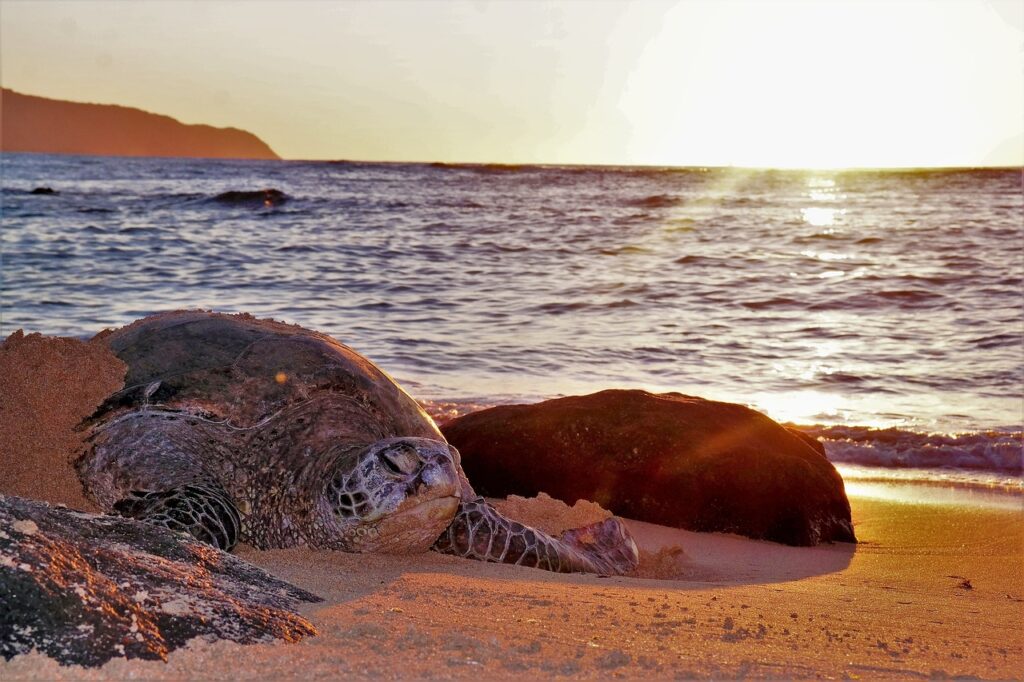
Conservation Programs
Habitat restoration
Habitat restoration plays a vital role in wildlife conservation in Hawaii. Efforts are underway to rehabilitate and restore degraded habitats, such as wetlands, forests, and coral reefs. This involves removing invasive species, replanting native vegetation, and implementing sustainable land management practices to enhance the resilience of ecosystems.
Species reintroduction
For critically endangered species, reintroduction programs aim to establish self-sustaining populations in their native habitats. These programs involve captive breeding, habitat preparation, and careful monitoring to ensure the success of reintroduced individuals. The restoration of the Hawaiian Goose population is an example of a successful species reintroduction program in Hawaii.
Conservation breeding
Conservation breeding programs are implemented to increase the population numbers of endangered species in a controlled environment. This approach involves carefully managing breeding pairs, ensuring genetic diversity, and preparing individuals for release into the wild. The Hawaiian Crow reintroduction project relies on conservation breeding to restore the population of this critically endangered species.
Invasive species control
To combat the negative impacts of invasive species, comprehensive control strategies are necessary. These strategies include methods such as trapping, hunting, and the use of biological controls to reduce invasive populations. Ongoing efforts aim to prevent the further spread of invasive species and protect native wildlife from their detrimental effects.
Marine protected areas
Marine protected areas (MPAs) offer a refuge for marine species and habitats in Hawaii. These areas restrict certain human activities, such as fishing or anchoring, to preserve the integrity of the marine ecosystem. MPAs provide vital habitat for endangered marine species, promote sustainable fishing practices, and contribute to the overall health of Hawaii’s coastal and marine environments.
Successful Conservation Stories
Recovery of the Hawaiian Goose
The Hawaiian Goose, or Nene, is a success story in Hawaii’s wildlife conservation efforts. Once on the brink of extinction, intensive conservation measures, including captive breeding and habitat restoration, have led to a significant increase in the Nene population. With ongoing conservation efforts, the Nene is now considered a symbol of successful species recovery in Hawaii.
Restoration of Kahoolawe Island
Kahoolawe Island, once used as a military training ground, has undergone a remarkable restoration effort. With the help of government agencies, conservation organizations, and volunteers, the island is regaining its natural beauty and becoming a sanctuary for native plants and animals. The restoration of Kahoolawe demonstrates the power of collaborative conservation efforts in reclaiming and protecting important habitats.
Conservation efforts for the Hawaiian Monk Seal
Conservation efforts for the Hawaiian Monk Seal have made significant strides in recent years. Dedicated monitoring and protection programs, public education campaigns, and the involvement of local communities have contributed to the stabilization of the seal population. Although challenges remain, the increased awareness and conservation measures have given hope for the long-term survival of this endangered species.
Protection of the Uau or Hawaiian Petrel
The Uau, also known as the Hawaiian Petrel, is a seabird that nests in colonies on remote Hawaiian islands. Conservation efforts have focused on protecting nesting sites, reducing the impact of invasive predators, and educating the public about the importance of these birds. As a result, the Uau population has shown signs of stabilization, highlighting the potential for successful conservation initiatives.
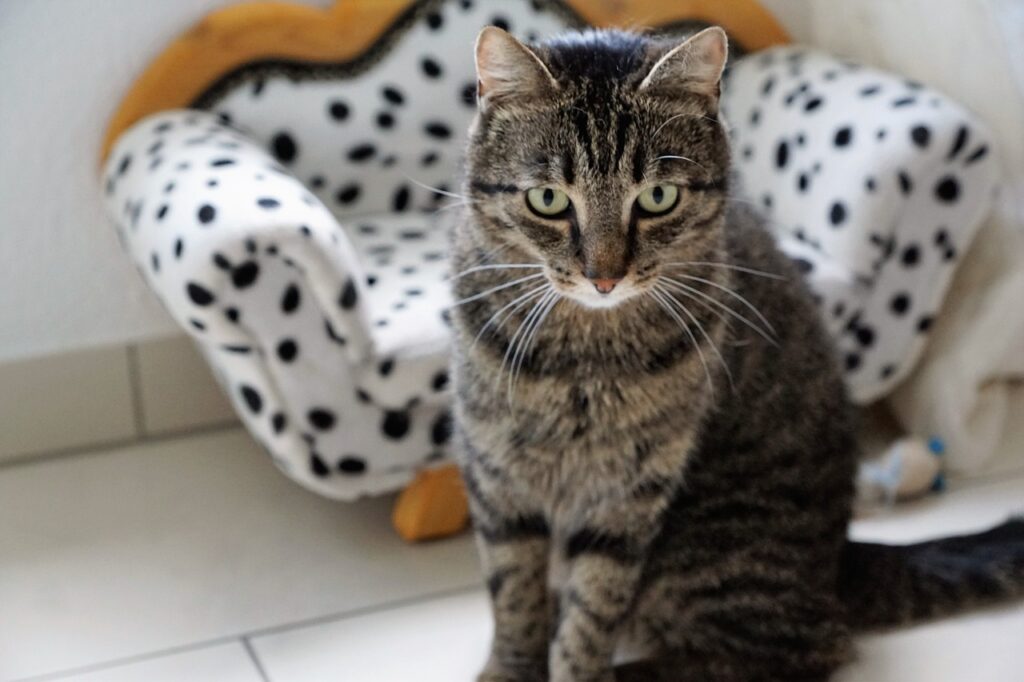
Partnerships with Indigenous Communities
Traditional ecological knowledge
Partnerships with indigenous communities foster a collaborative approach to conservation by incorporating traditional ecological knowledge. Native Hawaiian communities have a deep understanding of the land and its resources, which can enhance conservation efforts. By integrating traditional practices and knowledge, conservation strategies can become more effective and culturally appropriate.
Collaborative conservation initiatives
Collaborative conservation initiatives, involving indigenous communities, conservation organizations, and government agencies, have become increasingly important in Hawaii. These initiatives recognize the rights and contributions of indigenous communities and aim to address conservation challenges while respecting cultural practices and values. By working together, these partnerships create a more holistic and inclusive approach to wildlife conservation.
Recognition and respect for cultural practices
Respect for cultural practices is an integral aspect of wildlife conservation in Hawaii. Indigenous communities have a rich cultural heritage deeply intertwined with the land and its biodiversity. Recognizing and respecting these cultural practices is vital to establishing meaningful partnerships and ensuring the long-term success of conservation efforts.
Government Policies and Regulations
State and federal conservation laws
State and federal conservation laws play a crucial role in protecting Hawaii’s wildlife. These laws regulate activities such as hunting, fishing, and the importation of non-native species. They also provide a legal framework for protecting endangered species and their habitats. By establishing clear guidelines and enforcement mechanisms, these laws contribute to the overall conservation efforts in the state.
Protected areas and reserves
Protected areas and reserves are designated to conserve critical habitats and support native wildlife populations. These areas, such as national parks and wildlife refuges, provide a sanctuary for endangered species, preserve important ecosystems, and offer opportunities for scientific research and education. The establishment and management of protected areas are guided by government policies and regulations.
Regulations on hunting and fishing
Hunting and fishing regulations aim to maintain sustainable populations of wildlife species and prevent overexploitation. Bag limits, season restrictions, and size restrictions are examples of regulations that help ensure the long-term viability of Hawaii’s wildlife. These regulations are often developed in consultation with scientists, conservation organizations, and stakeholders, striking a balance between conservation and recreational activities.
Importation of non-native species
To prevent further introductions of invasive species, regulations on the importation of non-native species are in place. Permits and strict inspection protocols help minimize the risk of accidental introductions and the associated negative impacts on native wildlife. Controlling the importation of non-native species is crucial for maintaining the integrity of Hawaii’s unique ecosystems.
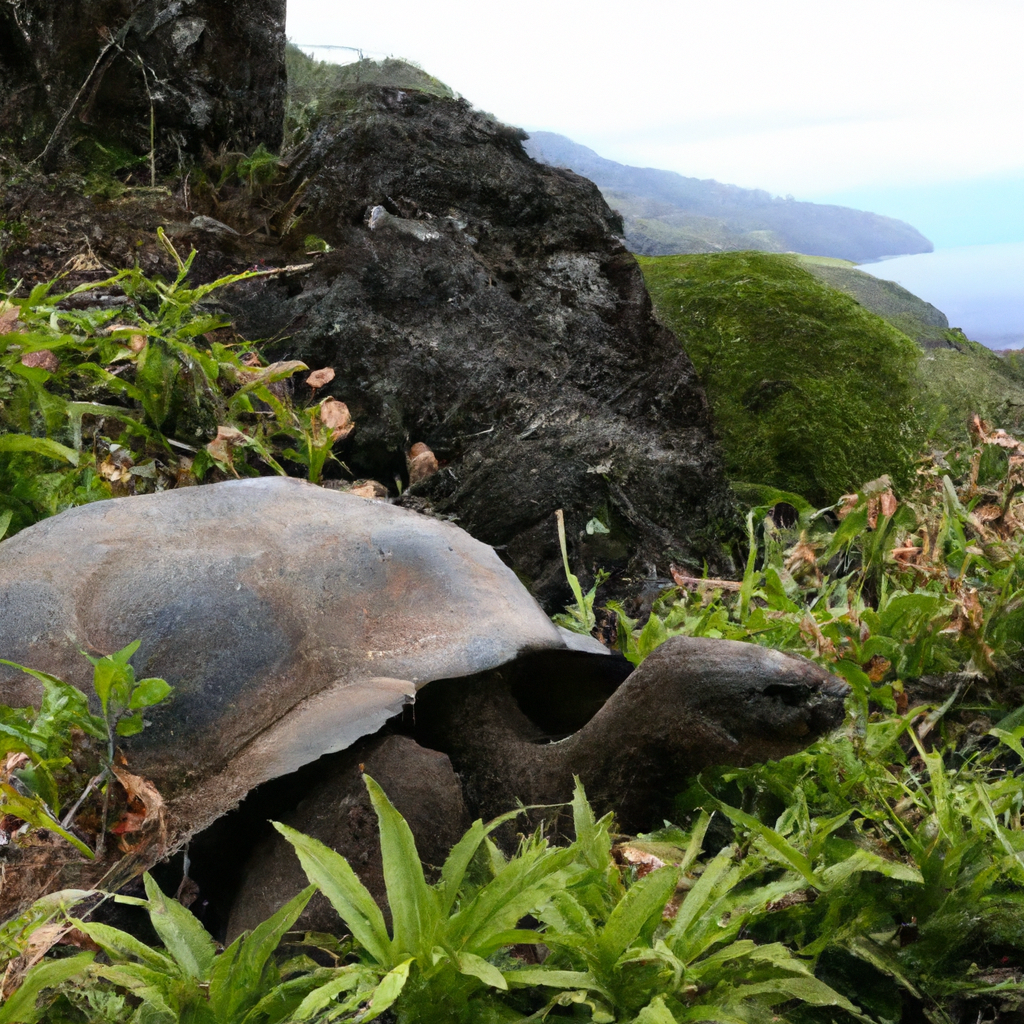
Tourism and Sustainable Wildlife Conservation
Balancing conservation and tourism
Balancing conservation and tourism is a delicate task that requires careful planning and management. Sustainable tourism practices aim to minimize negative impacts on wildlife and their habitats while providing educational opportunities and promoting public awareness. By implementing responsible tourism guidelines, Hawaii can protect its wildlife and natural areas while still benefiting from tourism revenue.
Ecotourism initiatives
Ecotourism initiatives offer visitors the opportunity to engage with Hawaii’s wildlife in a sustainable and educational manner. Guided tours, nature walks, and wildlife viewing programs promote an understanding of the importance of conservation and encourage responsible behavior. These initiatives also generate revenue that can be reinvested into conservation efforts.
Educational programs for visitors
Educational programs for visitors are essential for raising awareness and promoting a deeper understanding of Hawaii’s unique wildlife. Interpretive centers, guided tours, and informational materials provide visitors with insights into the challenges facing native species and offer guidance on how to minimize their impact. By educating visitors, Hawaii can cultivate a sense of stewardship and support for wildlife conservation.
Volunteer opportunities
Volunteer opportunities allow individuals to actively contribute to wildlife conservation efforts in Hawaii. These programs engage volunteers in various activities, such as habitat restoration, invasive species removal, and wildlife monitoring. By volunteering, individuals can make a direct impact and develop a personal connection to Hawaii’s wildlife and conservation initiatives.
Future of Wildlife Conservation in Hawaii
Adapting to climate change
As climate change continues to impact the islands of Hawaii, wildlife conservation efforts must adapt accordingly. This may involve implementing strategies to mitigate the effects of climate change, such as restoring coastal habitats to protect against sea-level rise or promoting the use of renewable energy to reduce carbon emissions. Flexibility and innovation will be vital in ensuring the resilience of Hawaii’s native species in the face of a changing climate.
Community involvement
Community involvement is a cornerstone of successful wildlife conservation. Engaging local communities, including indigenous populations, in decision-making processes and conservation initiatives fosters a sense of ownership and responsibility. By empowering communities to actively participate in conservation efforts, Hawaii can create a sustainable future for its wildlife.
Innovation in conservation practices
Innovation in conservation practices will play a key role in Hawaii’s wildlife conservation efforts. Advancements in technology, such as remote sensing and DNA analysis, can enhance monitoring and management strategies. Additionally, exploring new approaches, such as community-led conservation projects and novel restoration techniques, can help address emerging challenges and improve conservation outcomes.
Enhancing public awareness and support
Public awareness and support are crucial for the long-term success of wildlife conservation in Hawaii. Increasing public understanding of the value of biodiversity and the importance of conservation can generate support for policy changes, funding initiatives, and individual actions. Through targeted campaigns, educational programs, and widespread dissemination of information, Hawaii can inspire a collective commitment to protecting its unique wildlife.
In conclusion, the history of wildlife conservation in Hawaii has been shaped by the introduction of non-native species, the impact on native wildlife, and early conservation efforts. Presently, the state faces ongoing challenges in combatting invasive species, habitat destruction, climate change, overfishing, and marine pollution. However, numerous conservation organizations, including the DLNR, The Nature Conservancy, Hawaiian Islands Land Trust, and Hawaii Wildlife Fund, are working tirelessly to protect Hawaii’s diverse flora and fauna. Many endemic species, such as the Hawaiian Monk Seal, Hawaiian Green Sea Turtle, Nene Goose, Hawaiian Hawk, and Hawaiian Crow, remain endangered, but conservation programs, including habitat restoration, species reintroduction, conservation breeding, invasive species control, and marine protected areas, are bringing hope for their recovery. Successful conservation stories, such as the recovery of the Hawaiian Goose and the restoration of Kahoolawe Island, demonstrate the effectiveness of conservation efforts in Hawaii. Partnerships with indigenous communities, recognition of traditional ecological knowledge, and collaborative conservation initiatives strengthen conservation practices and respect cultural practices. Government policies and regulations play a vital role in protecting wildlife through conservation laws, the establishment of protected areas and reserves, regulations on hunting and fishing, and the control of non-native species importation. Tourism and sustainable wildlife conservation are balanced through ecotourism initiatives, educational programs for visitors, and volunteer opportunities. As Hawaii looks to the future, adapting to climate change, involving communities, innovating conservation practices, and enhancing public awareness and support will be crucial in safeguarding its unique wildlife for generations to come.
